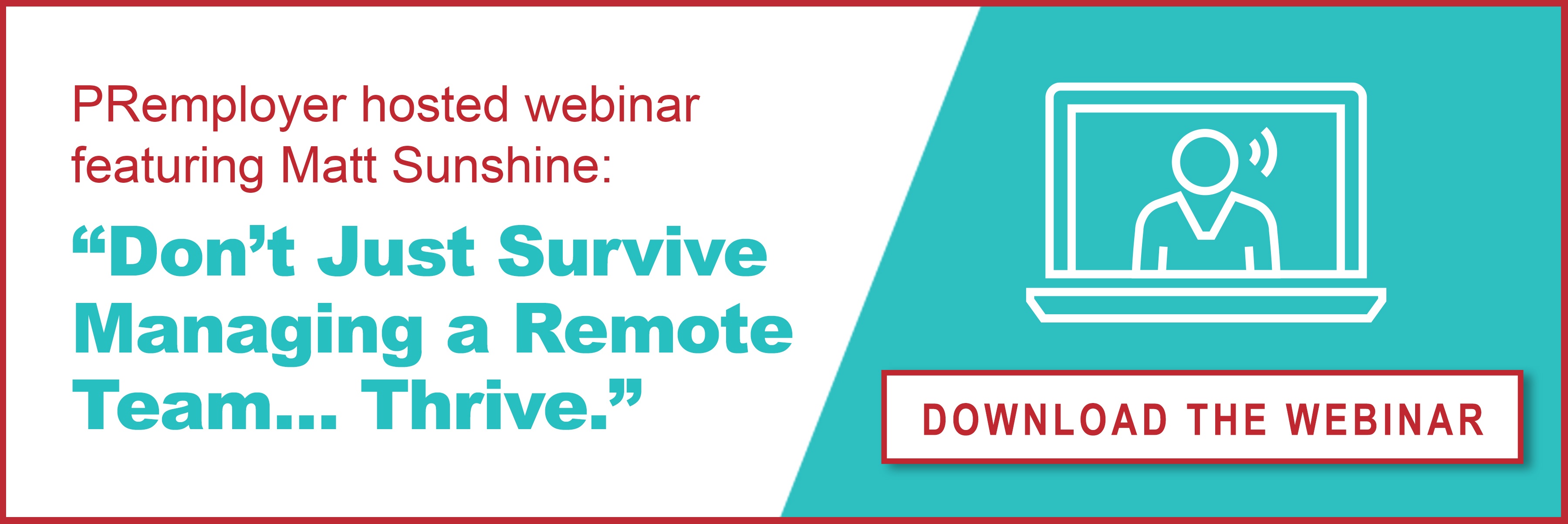
Offering top-quality, competitive benefits can be a challenge for small businesses. It all starts with costs. According to a 2016 study by eHealth, the average small business plan purchased through the online marketplace covered five people and cost $1,432 per month — or $17,184 per year - for health insurance alone.With limited budgets, small businesses usually aren't able to offer the types of benefits that could attract and retain the top talent that they need most. Instead, that talent goes to their larger counterparts, which can make it difficult for small businesses to grow.
Partnering with a PEO, however, can not only lower costs related to employee benefits, but it can also provide access to a wider selection of quality benefit options - saving you time and money in the long run.
What Does a PEO Partnership Entail?
When a small business joins a PEO, their employees become co-employed by the PEO. This means that both the PEO and employer share certain rights, responsibilities and risks in terms of their employees. Everything else about company ownership, organizational structure, and so forth remain the same, but this co-employment model gives the partnering company access to the PEO’s major benefit plans.
How Do PEOs Achieve Lower Costs?
Because PEOs typically have more than one client, they can have hundreds - or even thousands - of employees, which allows them to negotiate better rates for employee benefits. In fact, given their scale and how often they seek out benefits, PEOs are able to establish partnerships with major insurance companies. This helps the PEO not just receive competitive rates, but also a wide menu of benefits options to meet employee needs. These rates get transferred down to the small business, who would pay much more if they tried to offer these same benefits to their small team of employees.
How Does it Benefit Small Businesses?
Offer higher-quality benefits
PEOs can offer medical plans on-par with what Fortune 500 companies offer, but at a much competitive rate due to the scale at which they are purchasing medical coverage. Because of the ongoing relationships they have established with insurance providers, PEOs can offer their partners a wider range of plan options - including top-tier benefits that most small businesses wouldn’t be able to access otherwise.
Free up resources for your business' growth
The most obvious benefit to partnering with a PEO is that your company will pay less for employee benefits. In turn, the money saved can be invested into strategic initiatives that are designed to drive business growth - from which everyone on your team benefits.
Providing quality employee benefits is a constant challenge faced by many small business owners. However, partnering with a PEO can help you in this area, as they leverage economies of scale to receive better rates for your business. This will not only help lower your costs for employee benefits, but it can also give you access to a wider selection of quality benefit options while also improving your talent pool in the long run. Take time today to find the right PEO to give your employees the support and benefits they deserve.

